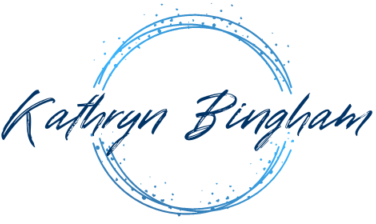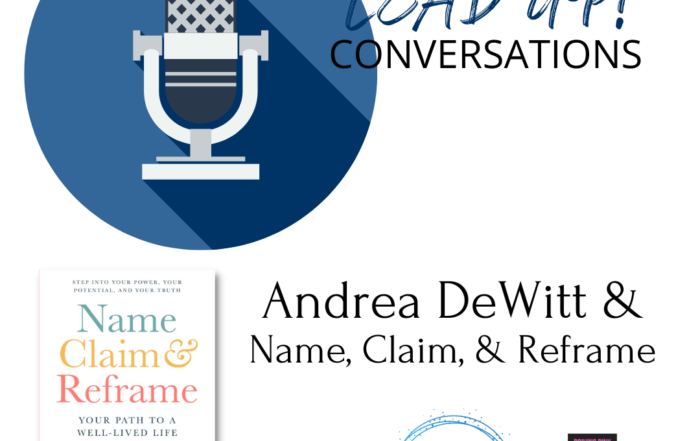True or False: Notice the Story

We humans are storytelling machines. For everything we see, hear and encounter, our brains instantly suggest assumptions to support a quick response. When do stories offer an advantage?
On the way to the airport for a recent trip, I saw two men about a half-mile apart. The first was mid-twenties, in shorts and an olive green t-shirt, his dark strawberry blond hair cut in a high-and-tight. On his left, a toddler held his hand and hurried along on her little legs. She wore a pink jacket and a floppy hat protected her eyes from the sun. Her fine, blond hair flowed over her shoulders. In his right hand, the man held a leash to a little white dog, also scurrying along on short legs. Beyond these observable facts, I thought: how cute! Daddy’s taking his little girl and her puppy for a walk. He might be home from a deployment.
A few moments beyond this trio, the second man had paused on the sidewalk, and I took in his dark attire, weathered features, and graying hair. He stood half-turned as his dog—a gray-muzzled border collie or Australian shepherd—caught up from about 10 feet behind him, head slightly tucked. I thought, how awesome this pair was out and about, on a beautiful morning, getting exercise. Look how patiently he waits for his companion to catch up. And in the moment, I noticed the stories.
Overcoming “story error”
Stories can be helpful … or not. We use our past knowledge and experience to fill in blanks, and often these heuristics support us well. At the same time, our assumptions could be very wrong. What if the first man wasn’t the little girl’s father or uncle, but had used the little dog as bait to entice a child away from safety? What if the reason the second dog had his head down and lagged behind, because his owner had been unkind to him?
As leaders, we must notice the stories we create, as well as consider the stories the people around us tell. It’s our responsibility to be mindful of separating what we hear as “facts” and where the line blurs into story or even how our experiences and assumptions color our perceptions of facts. In hearing a client’s story in my coaching practice, I often discern alternate meanings for a person’s experience. Offering these alternatives to the client to consider helps him or her to become more aware of potential blind spots in leadership and to employ more successful strategies.
Exercise One: Pay particular attention over the next week to story you create and those you hear others creating. Become aware of the distinction between actual fact and assumptions. Consider the positive, negative and neutral implications of the assumptions. Take a few notes when you “catch” a story occurring. Each day, examine your notes for patterns. Do any of your “go to” assumptions limit your thinking and opportunity? If the “story” was different, how might this change your decisions and actions?
Leveraging the power of story
Stories can also be generative. We have the opportunity to use story creation to build intention and bring new ways of being into existence. When we imagine the outcomes of a specific goal or objective—how it will feel, the rewards of achieving, the impact on our life and work—the detail of our story provides motivation to keep us focused and on track towards realizing this future.
You watched the power of story at work, if you followed Olympic athlete Michael Phelps. In addition to rigorous practice and highly scripted routines (excellent topics for another post), Phelps and his trainer carefully crafted story in the form of mental rehearsal. Over and over—in his head—Phelps experienced every detail of an event:
- how his day would start,
- his readiness routine,
- mounting the block,
- the explosive dive,
- the feeling as each muscle sliced him through the water,
- the number of strokes to a turn,
- the exacting method of each turn,
- the microseconds of each movement,
- the reaching to touch the signal of his completion,
- raising his head from the pool, and
- hearing the audience cheering as he won.
Mental rehearsal or blueprinting isn’t the same as what we often think of as “visualization.” In a common form of visualization, we see ourselves as if an actor on the stage. We observe, from an audience perspective, the actor/self performing a desired script successfully. In contrast, mental rehearsal involves imagining the actual experience. Our point of view is our actor/self; we actively sense our body’s motion, our thoughts, and our emotions in the moment.
Studies have shown mentally rehearsed physical exercise creates a measurable increase in muscle performance. And, imagining ourselves facing and overcoming a specific challenge over and over creates a routinized response. When we face that same challenge, the if-then script automatically kicks in for us, shaving crucial problem solving seconds off our real-time experience.
Additionally, story as mental rehearsal can set powerful intentions in motion. Leaders with committed intentions begin to think, speak, act and make decisions differently. This acting “as if” often generates new opportunity, leading toward the imagined future state. As a coach, I partner with clients to craft a rich story for mental rehearsal, leveraging existing strengths to augment desired skills and behaviors within new or challenging environments.
Exercise two: Identify something real, such as incorporating exercise into your morning routine or an upcoming critical conversation. Create a detailed script of your preparation and performance. For example, if your intention is to run each morning before work, the script might begin the night before. Before retiring, you’ve set up your coffee pot and then laid out your workout gear and shoes. Sitting on the edge of the bed, the script begins:
- You imagine yourself laying down in a comfortable position, breathing deeply and falling into a natural, restorative sleep. You’re so refreshed, you wake, relaxed, before the alarm.
- You reach over and shut off the alarm before it rings, sit up, plant your feet and stand, and then perform a gentle stretch.
- Moving quickly and quietly, you change into your workout attire and running shoes.
- You walk into the kitchen, turn on your coffee pot, slip a key into your pocket, and step outside the door, adding a few more stretches. You may have also picked up your cell phone and turned on the running app and inserted the device into your pocket or a holder at your waist or on your arm.
- Your run begins, following a preplanned route. The pace is steady, appropriate for your current level of fitness in combination with your goals. You see the surface before you as each step progresses. You take in the trees or buildings along the selected path. There’s your neighbor’s dog at the gate, barking for a few moments as you pass. This makes you smile a bit as you feel your breathing adapt to the pace you’ve set. Your run continues along the path.
- Having followed your route, you’re almost home. You approach your door, reach for the key and let yourself in. Pulling out the cell phone, you mark the run completed and the readout shows your distance and time. You pour yourself a mug of coffee, and head back to your room to shower and prep for your day, thinking to yourself, “that was an awesome run” …
After “experiencing” the script, you now lay down and begin breathing deeply.
The keys to crafting a successful script are the cues you create for yourself, along with the detail of sensation, movement, and outcome. In the example, the end of day routine sets up the script playing. In the morning, the person using this script would actually perform the running routine. The script-performance cycle repeats daily until the performance is so engrained the script is no longer needed. And, of course, the early performance might feel forced, with the exercise being more difficult and uncomfortable. Establishing the routine requires playing the script and doing the work consistently.
Harnessing the power of story enriches our lives, supports our work, and enables us to accomplish challenging goals. How will you use story to develop your leadership or improve performance today?
Leverage story in your leadership. Share your thoughts and comments in our Facebook community or use one of the social share buttons below. To explore the benefits of executive coaching, book a complimentary discovery session.
Thank you for visiting Dr. Kathryn Bingham’s blog! We invite your discussion at LEADistics’ community page. Fans and honest critics are welcomed! Please see our Comments Policy and reuse Permissions on the FAQ page. All posts are covered by copyright law, with all rights reserved.
Social Share
Recent Posts
LeadUP! Juana Bordas
This LeadUP! Conversation features Dr. Juana Bordas, president of Mestiza Leadership International and author of newly updated The Power of Latino Leadership (listen or watch here). Bordas shares how her immigrant experience shaped her leadership. [...]
Power of the Pivot
The idea seems simple. When something isn’t working, just change. Shift. Adapt. But our brain sabotages the effort. We’re convinced that if we just do better or try harder with our current path or process, [...]
LeadUP! Andrea DeWitt
In this LeadUP! episode, Dr. Kathryn Bingham and author Andrea DeWitt talk about her new book, Name, Claim & Reframe and how individuals can step into their power, their potential, and their truth. Both the [...]





